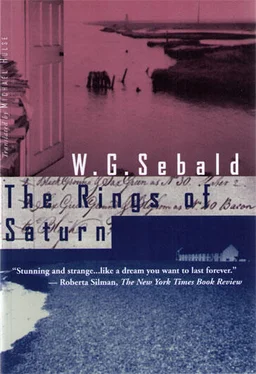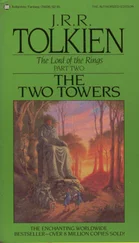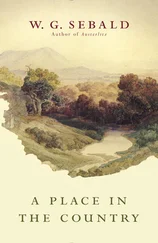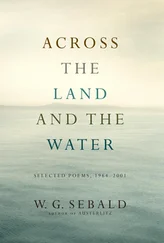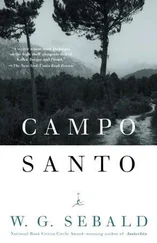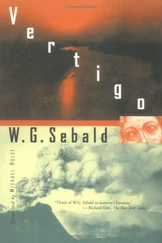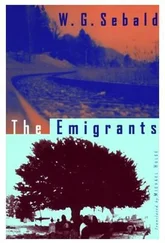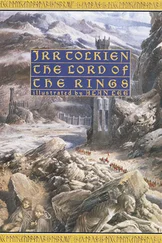On arrival in Boma, Korzeniowski transferred from the Ville de Maceió to a small river steamer, by which he reached Matadi on the 13th of June. From there he went overland, since numerous waterfalls and rapids make the Congo unnavigable from Matadi to Stanley Pool. Matadi was a desolate settlement, known to its inhabitants as the town of stones. Like an ulcer it festered on the rubble thrown up over thousands of years by the infernal cauldron at the end of this three hundred-mile stretch of the river, which remains untamed even today. Buildings with rusty corrugated iron roofs were dotted randomly below the high crags through which the water forced its way, and amongst these, on the scree, and on the steep riverbank slopes, gangs of black figures were everywhere at work or moving in bearer columns that ran long lines across the rough terrain. Here and there an overseer in white suit and white pith helmet stood by. Korzeniowski had already been for a day or so in this arena reminiscent of a quarry, where the constant noise of the rapids filled the air, when (as Marlow later describes in Heart of Darkness ) he came upon a place some way off from the settlement where those who were racked by illness, starvation and toil had withdrawn to die. As if after a massacre they lay there in the greenish gloom at the bottom of the gorge. Evidently no one cared to stop these black shadows when they crept off into the bush. I began to distinguish the gleam of the eyes under the trees, says Marlow. Then, glancing down, I saw a face near my hand. The black bones reclined at full length with one shoulder against the tree, and slowly the eyelids rose and the sunken eyes looked up at me, enormous and vacant, a kind of blind, white flicker in the depths of the orbs, which died out slowly. And as this man, scarcely more than a boy, breathed his last, those who were not yet worn out were carrying hundred-weight sacks of provisions, crates of tools, explosive charges, gear and equipment of every description, engines, spare parts, and sections of ships' hulls through the swamps and forests and across the sun-scorched uplands, or were working in the mountain range of Palaballa and by the M'Pozo river, building a railway to link Matadi with the upper reaches of the Congo. Korzeniowski made that arduous journey himself, along a route where presently the settlements of Songolo, Thumba and Thysville would be established. He had with him a caravan of thirty-one men and, as his troublesome travelling companion, an overweight Frenchman named Harou, who invariably fainted whenever they were miles from the nearest shade, so that for long distances he had to be transported in a hammock. The march took well-nigh forty days and during this period Korzeniowski began to grasp that his own travails did not absolve him from the guilt which he had incurred by his mere presence in the Congo. Though he did in fact continue upriver from Léopoldville, aboard the steamer Roi des Belges, to the Stanley Falls, he now regarded his original plan of taking up a command for the Société Anonyme with revulsion. The corrosive humidity of the air, the sunlight pulsing to the heartbeat, the unchanging haze that hung over the river, and the company he had to keep aboard the Roi des Belges, which struck him increasingly, as the days went by, as unhinged — he knew that he would have to turn back. Tout m'est antipathique ice, he wrote to Marguerite Poradowska, les hommes et les choses, mais surtout les hommes. Tous ces boutiquiers africains et marchands d'ivoire aux instincts sordides. Je regrette d'être venu ice. Je le regrette même amèrement. Back in Léopoldville, Korzeniowski was so sick in body and in soul that he longed for death. But it was to be another three months before this man, whose protracted bouts of despair were henceforth to alternate with his writing, was able to depart homeward from Boma. In mid-January 1891 he reached Ostend, the selfsame port that one Joseph Loewy left some days later aboard the steamship Belgian Prince, bound for Boma. Loewy, an uncle of Franz Kafka, who was then seven years old, was a Panama veteran and thus knew what was in store for him. Ahead lay a total of twelve years (including five sojourns in Europe of several months in spa towns and mountain resorts), during which time he held various important positions in Matadi, where life for people such as himself gradually became more tolerable. In July 1896, for instance, at a banquet to mark the opening of the halfway station at Thumba, not only local delicacies but also European foods and wines were served to the guests. Two years after that memorable occasion, Loewy (at far left in the photograph,)
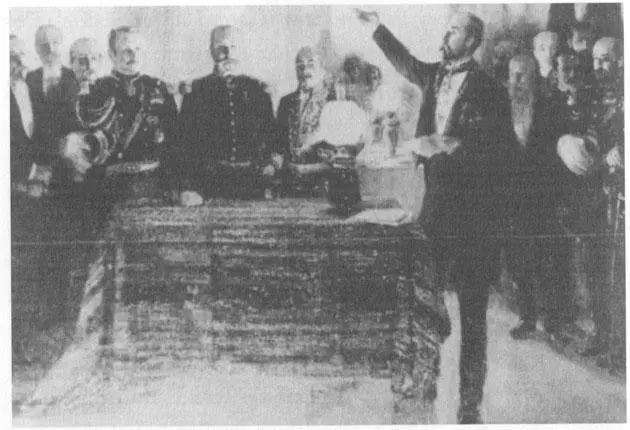
now director of the entire trading division, was awarded the Gold Medal of the Ordre du Lion Royal by King Leopold himself, at a ceremony to mark the completion of the Congo railway. Korzeniowski, who travelled onward to see Marguerite Poradowska in Brussels immediately after arriving in Ostend, now saw the capital of the Kingdom of Belgium, with its ever more bombastic buildings, as a sepulchral monument erected over a hecatomb of black bodies, and all the passers-by in the streets seemed to him to bear that dark Congolese secret within them. And indeed, to this day one sees in Belgium a distinctive ugliness, dating from the time when the Congo colony was exploited without restraint and manifested in the macabre atmosphere of certain salons and strikingly stunted growth of the population, such as one rarely comes across elsewhere. At all events, I well recall that on my first visit to Brussels in December 1964 I encountered more hunchbacks and lunatics than normally in a whole year. One evening in a bar in Rhode St Genèse I even watched a deformed billiard player who was racked with spastic contortions but who was able, when it was turn and he had taken a moment to steady himself, to play the most difficult cannons with unerring precision. The hotel by the Bois de la Chambre where I was then lodging for a few days was so crammed with heavy mahogany furniture, all manner of African trophies, and pot plants, some of which were quite enormous, among them aspidistras, monsterae and rubber plants reaching almost to the twelve-feet-high, that even in broad daylight the interior seemed darkened with chocolate-coloured gloom. I still see quite clearly the massive, elaborately carved sideboard, on one side of which stood a glass case containing an arrangement of artificial twigs, colourful silk bows and tiny stuffed humming-birds, and on the other a conical pile of china fruit. But ever since that first visit to Brussels, the very definition of Belgian ugliness, in my eyes, has been the Lion Monument and the so-called historical memorial site of the Battle of Waterloo.
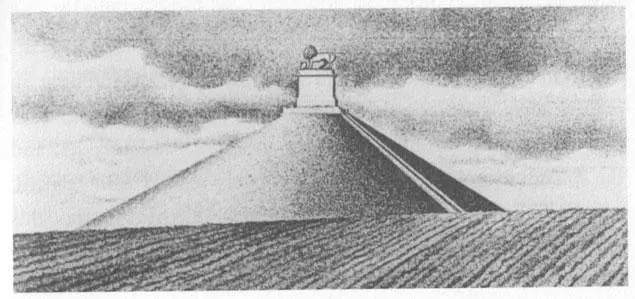
Why I went to Waterloo I no longer know. But I do remember walking from the bus stop past a bleak field and a number of ramshackle buildings to a sort of village, which consisted solely of souvenir shops and cheap restaurants. There were no visitors about on that leaden-grey day shortly before Christmas, not even the obligatory group of schoolchildren one inevitably encounters in such a place. But as if they had come to people this deserted stage, a squad of characters in Napoleonic costume suddenly appeared tramping up and down the few streets, beating drums and blowing fifes; and bringing up the rear was a slatternly, garishly made-up sutler woman pulling a curious handcart with a goose shut in a cage. For a while I watched these mummers, who seemed to be in perpetual motion, as they disappeared amongst the buildings only to re-emerge elsewhere. At length I bought a ticket for the Waterloo Panorama, housed in an immense domed rotunda, where from a raised platform in the middle one can view the battle — a favourite subject with panorama artists — in every direction. It is like being at the centre of events. On a sort of landscaped proscenium, immediately below the wooden rail amidst tree-stumps and undergrowth in the blood-stained sand, lie lifesize horses and cutdown infantrymen, hussars and chevaux-légers, eyes rolling in pain or already extinguished. Their faces are moulded from wax but the boots, the leather belts, the weapons, the cuirasses, and the splendidly coloured uniforms, probably stuffed with eelgrass, rags and the like, are to all appearances authentic. Across this horrific three-dimensional scene, on which the cold dust of time has settled, one's gaze is drawn to the horizon, to the enormous mural, one hundred and ten yards by twelve, painted in 1912 by the French marine artist Louis Dumontin on the inner wall of the circus-like structure. This then, I thought, as I looked round about me, is the representation of history. It requires a falsification of perspective. We, the survivors, see everything from above, see everything at once, and still we do not know how it was. The desolate field extends all around where once fifty thousand soldiers and ten thousand horses met their end within a few hours. The night after the battle, the air must have been filled with death rattles and groans. Now there is nothing but the silent brown soil. Whatever became of the corpses and mortal remains? Are they buried under the memorial? Are we standing on a mountain of death? Is that our ultimate vantage point? Does one really have the much-vaunted historical overview from such a position? Near Brighton, I was once told, not far from the coast, there are two copses that were planted after the Battle of Waterloo in remembrance of that memorable victory. One is in the shape of a Napoleonic three-cornered hat, the other in that of a Wellington boot. Naturally the outlines cannot be made out from the ground; they were intended as landmarks for latter-day balloonists. That afternoon in the rotunda I inserted a couple of coins in a slot machine to hear an account of the battle in Flemish. Of the various circumstance and vicissitudes described I understood no more than the odd phrase. De holle weg van Ohain, de Hertog van Wellington, de rook van de pruisische batterijen, tegenaanval van de nederlandse cavalrie — the fighting will have surged to and fro in waves for a long time, as is generally the case.
Читать дальше
